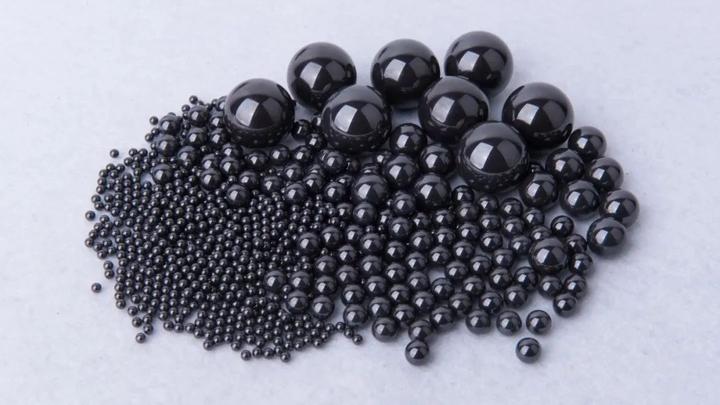Application of vacuum technology in ceramic sintering

Good molding technology is the key to obtain high quality ceramic products. This is because the internal defects of the ceramic are mainly formed during the molding process, and the quality of the green body directly determines the degree of ceramic densification in the subsequent sintering process. Good molding quality can effectively reduce the sintering temperature and reduce the sintering shrinkage, thus controlling the sintering deformation and grain growth.

Sintering is the most critical part in the ceramic preparation process, which is the process of eliminating pores in the green body to complete the densification. Under specific temperature and pressure conditions, the green body undergoes a series of physical or chemical changes to obtain the expected microstructure and crystal phase composition. The sintering process has a direct effect on the grain size and stomatal content, thus determining the final properties of ceramic samples. There are many kinds of ceramic sintering methods developed so far, which can be divided into vacuum sintering, hot pressing sintering, discharge plasma sintering and so on according to the different elements of pressure, sintering atmosphere and so on. In all of these sintering methods, vacuum technology plays an important role.
In sintering, the influence of atmosphere is complex and important. Sintering atmospheres are generally divided into three types: oxidizing, reducing and neutral. In general, the reducing atmosphere is able to promote the anion detachment from the surface in the crystal, thus creating a large number of anion vacancies on the lattice surface, which increases the anion diffusion coefficient and can therefore promote sintering. On the contrary, the oxidizing atmosphere favors the diffusion of cations in the sintering. Since the sintering process of most oxides is controlled by the O2- diffusion rate, it is suitable to use reducing atmosphere for sintering, and vacuum condition is the best reducing atmosphere. At the same time, in the vacuum negative pressure environment, the gas inside the green body is easier to diffuse outward, which will undoubtedly promote the compaction of the green body. Therefore, dense ceramics can be obtained by heating under vacuum atmosphere.
The applicable vacuum pump types include rotary vane pump, screw pump, slide valve pump, roots pump, oil diffusion pump, molecular pump and ion pump, etc. Different vacuum pump combinations can be selected according to the sintering process. Researchers have used vacuum sintering furnace to solve the problems of densification of many special ceramics, effectively improve their corresponding properties, and expand the application of related fields.